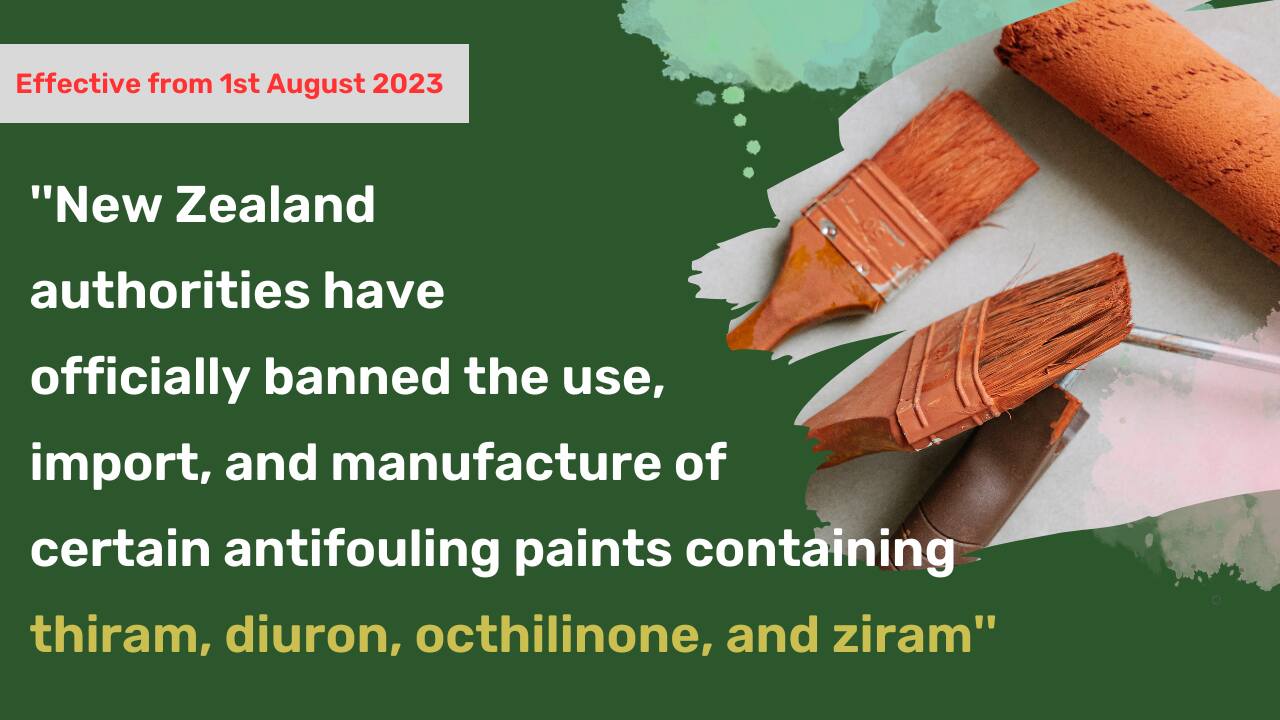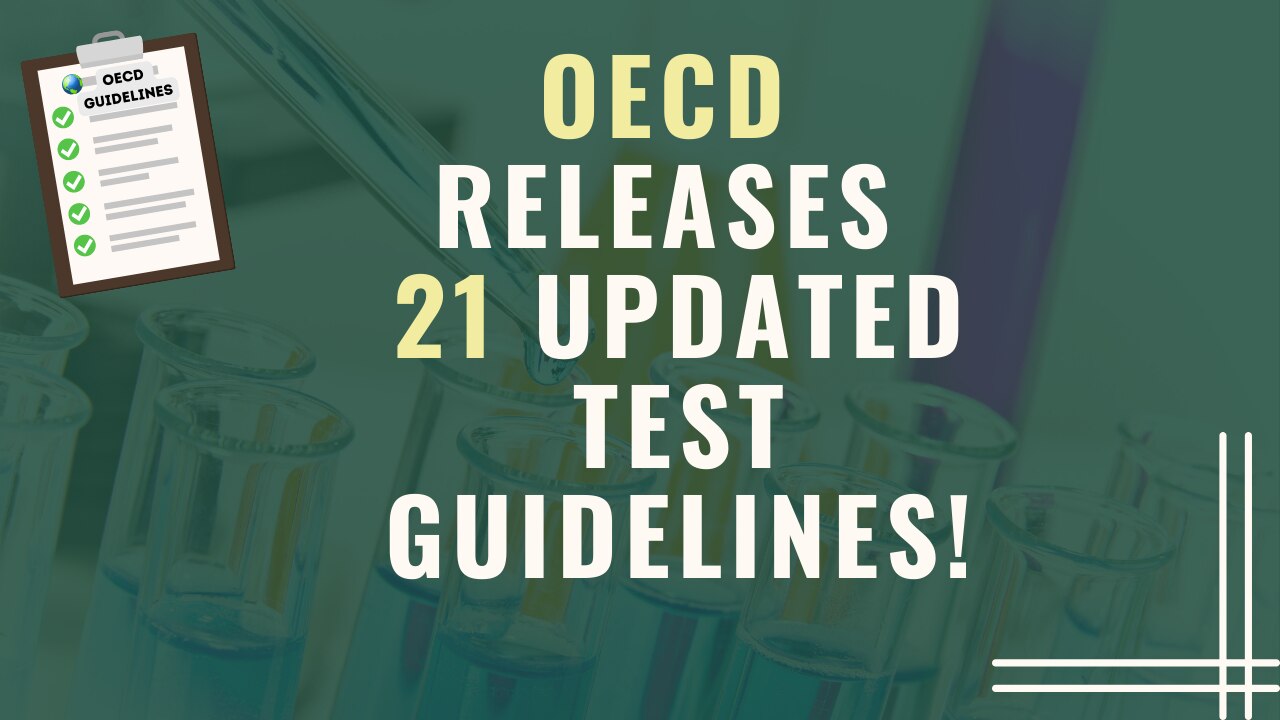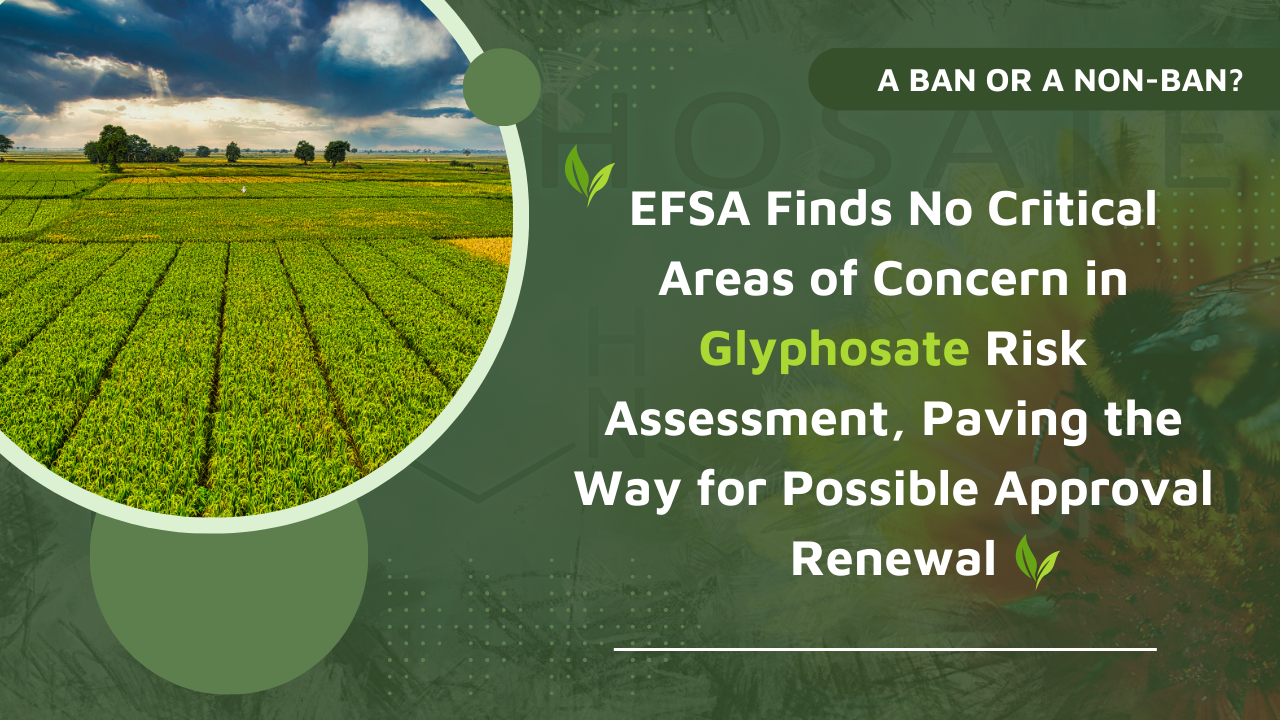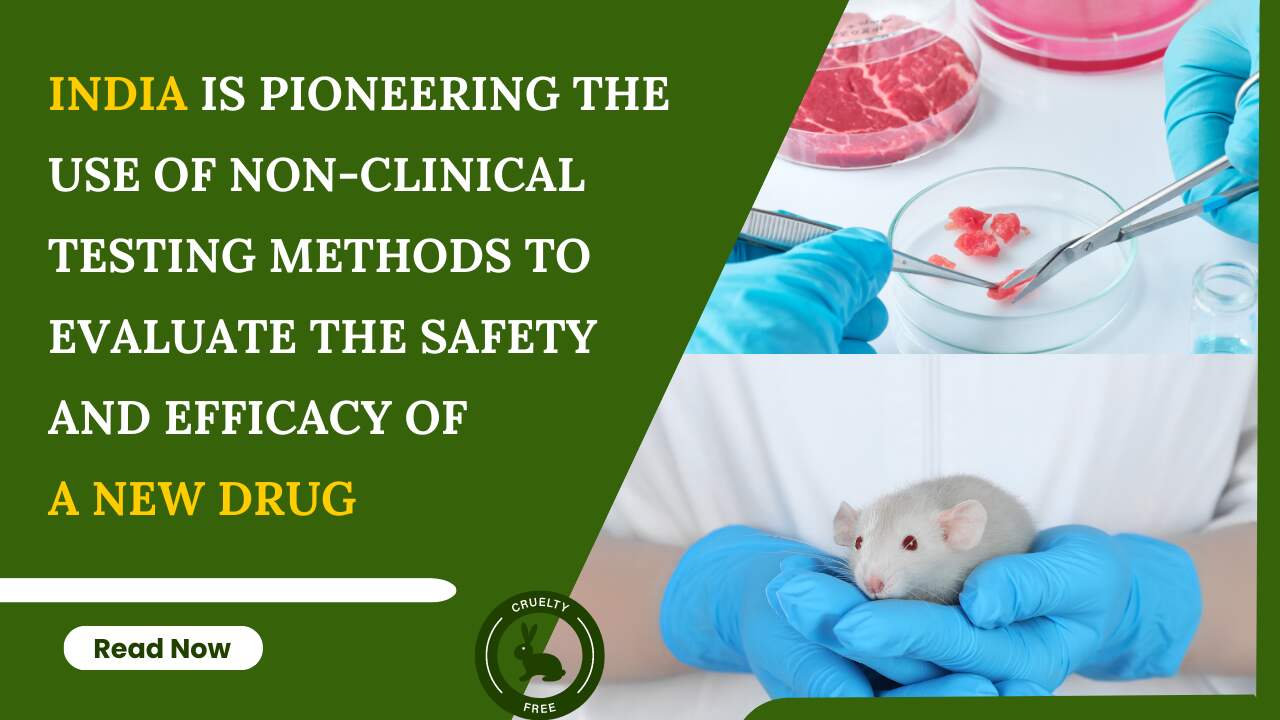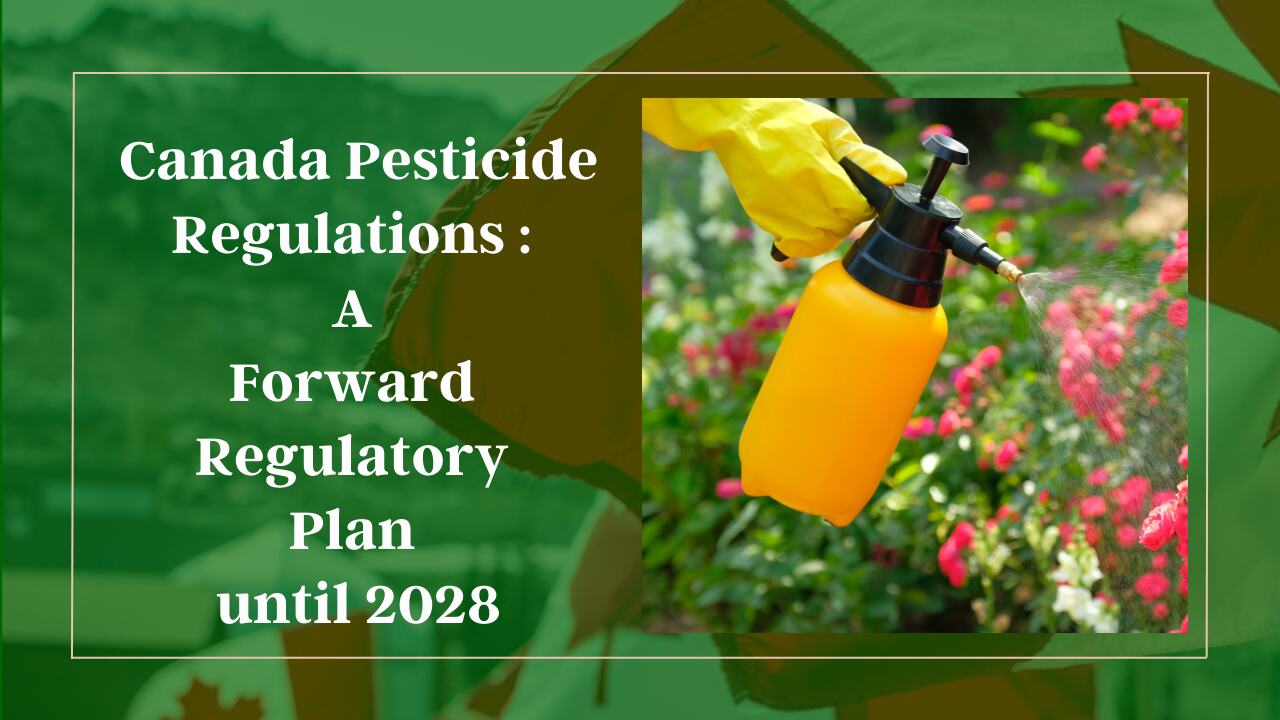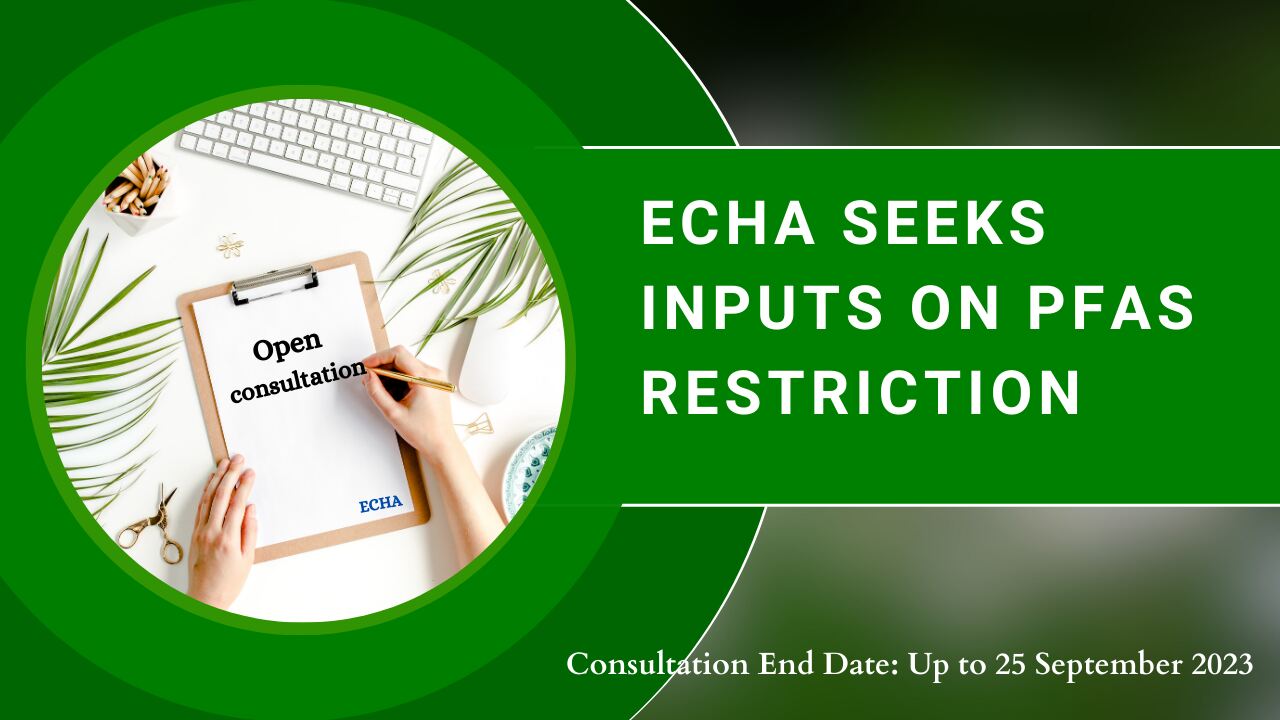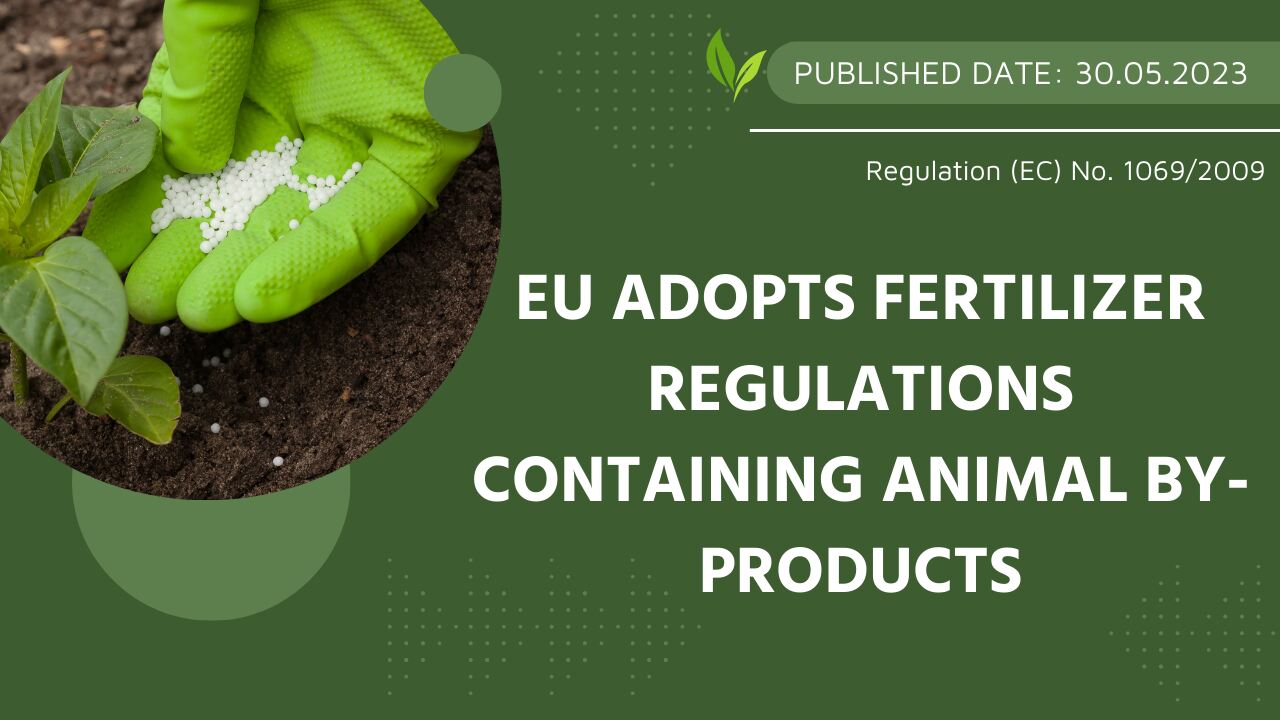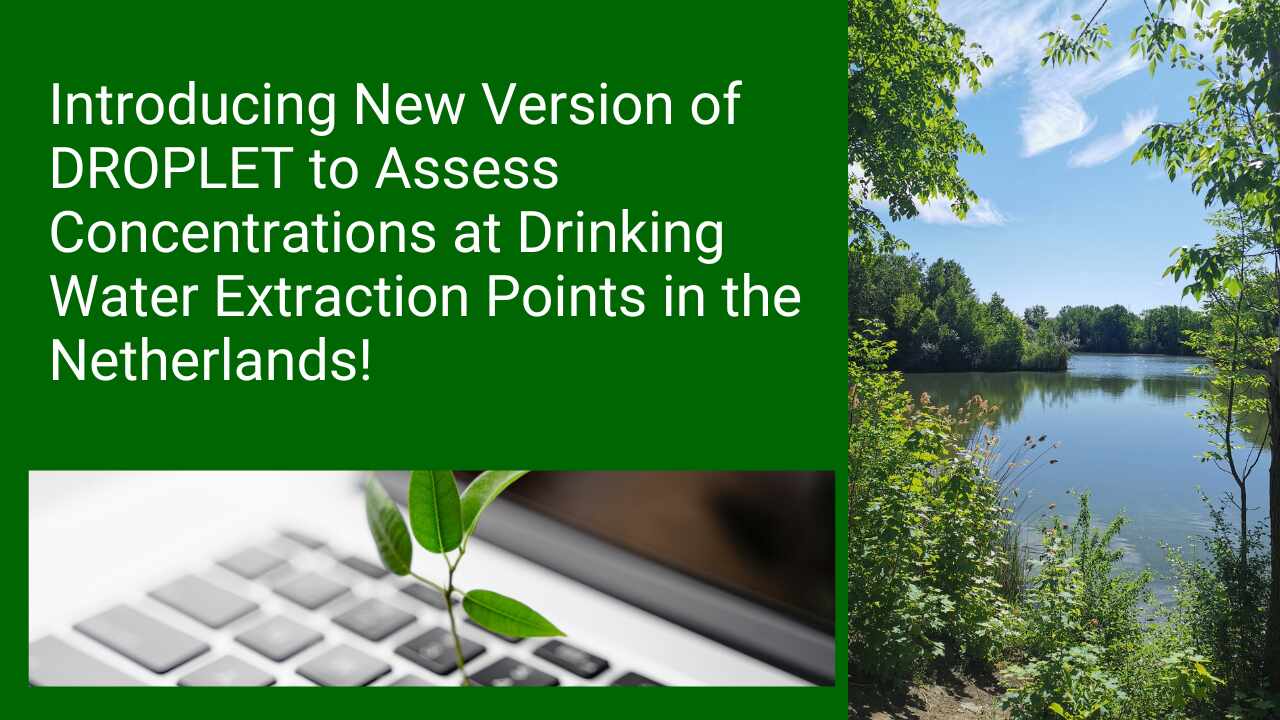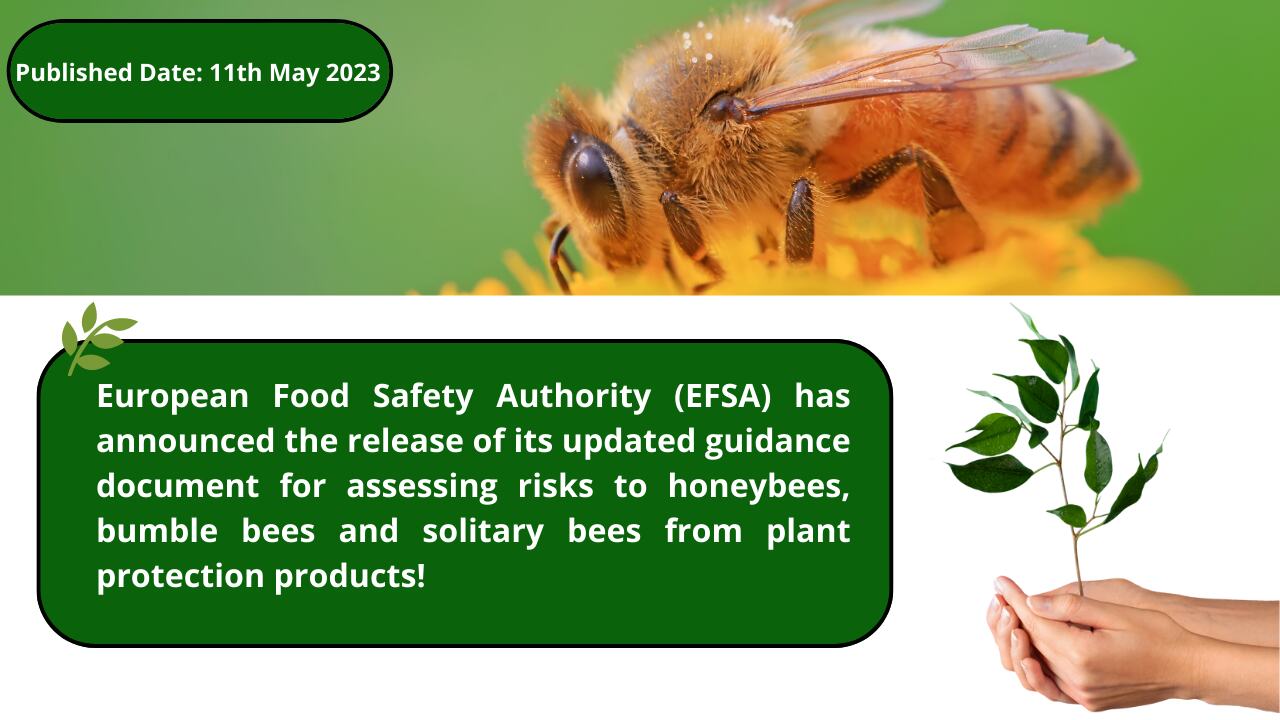In a move to protect the environment and public health, New Zealand authorities have officially banned the use, import, and manufacture of certain antifouling paints containing thiram, diuron, octhilinone, and ziram, effective from 1 August 2023. The decision to phase out these paints was made due to their detrimental effects on marine ecosystems and potential […]
The European Chemicals Agency (ECHA) has initiated a crucial step in ensuring the safety of chemical substances within the European Union. The agency has invited concerned parties to participate in the consultation process for harmonized classification and labelling (CLH) of various hazardous substances. The hazardous classes currently open for public comment have been indicated for […]
The Organisation for Economic Co-operation and Development (OECD) has announced the publication of several significant updates and corrections to its Test Guidelines for chemical safety testing. These guidelines play a crucial role in providing standardized methods for assessing the potential risks associated with various chemicals. The new guidelines aim to enhance the accuracy and reliability […]
In a groundbreaking development, the European Food Safety Authority (EFSA) has announced that it did not identify any critical areas of concern in its recent peer review of the glyphosate risk assessment an active substance commonly used in herbicides. This assessment pertains to the potential risk glyphosate poses to humans, animals, and the environment. The EFSA’s […]
Amendment to the New Drugs and Clinical Trial Rules (2023) Scientists and researchers empowered to explore alternative testing methods, reducing reliance on animal experimentation. The amendment empowers scientists and researchers to explore alternative testing techniques such as in vitro studies, computer simulations, and other cutting-edge technologies. By leveraging these non-animal methods, researchers can obtain […]
Health Canada’s Pest Management Regulatory Agency (PMRA) has released a comprehensive five-year work plan outlining its re-evaluation and special review activities ‘up to March 31, 2028’. The purpose of this plan is to inform registrants, pesticide regulatory officials, and the Canadian public about the agency’s upcoming initiatives. The work plan encompasses both proposed and final […]
PFAS (per- and polyfluoroalkyl substances) represent a large class of synthetic chemicals with extensive use. The proposal was prepared by authorities in Denmark, Germany, the Netherlands, Norway and Sweden then submitted it to ECHA. Aim of the PFAS restriction proposal is to reduce PFAS emissions into the environment and make products and processes safer for […]
European union has announced and adopted the regulation (EC) No. 1069/2009 regarding the usage of animal by-products in fertilizer products on dated 30th May 2023. Aim of this updation is to lay down public health and animal health rules for animal by-products. To ensure the safety of the food and feed chain, these rules are […]
This is exciting news for the assessment world! Software tool DROPLET has been developed by the Dutch Board for the Authorisation of Plant Protection Products and Biocides (Ctgb) to assess whether pesticides in Dutch surface water abstraction points for drinking water production may exceed the 0.1 μg/L standard. Outline DROPLET is a pre-registration model revolutionizing […]
European Food Safety Authority (EFSA) has announced the release of its updated guidance document for assessing risks to honeybees, bumble bees and solitary bees from plant protection products. This new guidance document has been revised to incorporate the latest scientific knowledge and cutting-edge methodologies for conducting risk assessments in this area. Outline The document is […]

